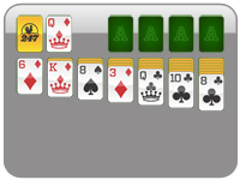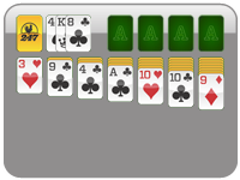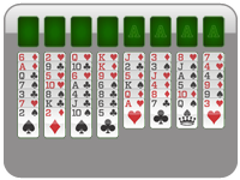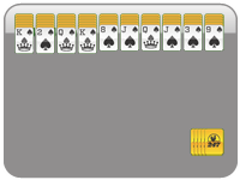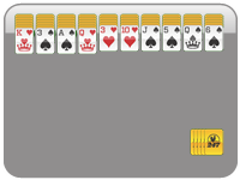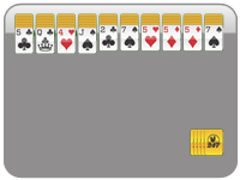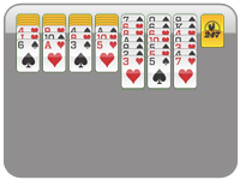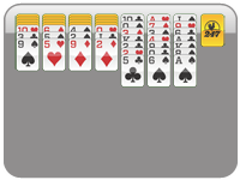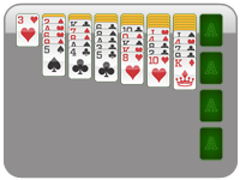How to Play American Mahjong For Beginners
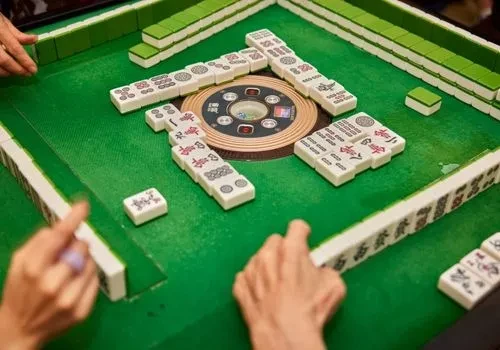
American (NMJL) Mahjong is a fast, social spin on the classic tile game. If you're brand-new, this guide walks you through the essentials: the 152-tile set (including jokers and flowers), and the pre-deal Charleston that shapes your strategy.
We'll cover setup, turn flow, calling, exposures, and simple scoring so you can sit down and start playing with confidence. Along the way, you'll learn beginner tactics like when to commit to a line, when to defend, and how to use jokers wisely. Ready to play? Let's break the game into steps and get you to "Mah Jongg!"
Understanding the Game
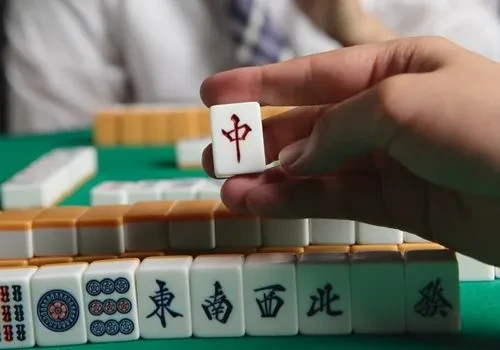
There are two pillars to learn first: the set and the objective.
The American Mahjong Set (152 tiles)
- Suits (108 tiles): Dots, Bams (Bamboo), and Craks (Characters), 1–9 in each suit (four of every tile).
- Honors (28 tiles): Winds: East, South, West, North (4 of each = 16) and Dragons: Red, Green, White/"Soap" (4 of each = 12)
- Flowers (8 tiles): Often important on the card; not wild.
- Jokers (8 tiles): Wild only in sets of three or more (pungs/kongs/quints). These cannot be used for singles or pairs, cannot be passed in the Charleston, and cannot be called from the discard pile.
The Objective
Be the first to complete a legal hand printed on the current NMJL card. Each line on the card describes a pattern (with point value) using suits, numbers, Winds/Dragons, Flowers, and sometimes Jokers. When your 14 tiles match a line exactly, declare "Mah Jongg!" You'll balance offense (building your line) with defense (avoiding discards that complete someone else's hand).
Setting Up the Game
Players and Seating
Four players play American Mahjong. Seat everyone randomly (draw lots or roll dice). The seats are associated with Winds: East, South, West, North, which determine the dealer (East) and turn order. Roles rotate after each round, so everyone takes a turn as East.
Building the Wall
Each player stacks 19 piles of 2 tiles in front of them. Together, these four sides form the wall. Your draw supply for the round. Place tiles behind your rack's slope; exposures (sets you reveal) sit face-up on top.
Determining the Dealer
Choose East (dealer) by a dice roll or high draw. East breaks the wall and starts play. Being East sets the initial pace and can affect payment in many home rules, so use the seat wisely.
Playing the Game
The Charleston (Pregame Passing)
Before play begins, American Mahjong uses a passing phase called the Charleston to improve everyone's starting hand. After the deal (13 tiles each; East will discard first to start), players pass tiles in set directions:
First Charleston: mandatory (3 passes)- Right: pass three tiles to the player on your right
- Across: pass three tiles to the player opposite you
- Left: pass three tiles to the player on your left
- Left: pass three tiles to the player on your left
- Across: pass three tiles to the player across
- Right: pass three tiles to the player on your right
Any table may choose to stop before or skip this second sequence.
Courtesy Pass: optional- Exchange 0–3 tiles with the player across; both must agree on the same number.
What to do: Use the Charleston to commit to a section on the NMJL card (e.g., 13579, 2468) and keep tiles that fit multiple lines. Do not pass Jokers (and most tables avoid passing Flowers). Pass true "orphans" and duplicates you won't use. No calls or exposures have happened yet. The Charleston simply shapes your hand so actual play can begin.
Turn Flow: Draw, Expose, Discard
After the Charleston, East discards first, then turns move counter-clockwise. Here's what you need to do on your turn:
- Draw one tile from the wall.
- Decide whether to keep it, make an exposure, or switch plans.
- Discard one tile face-up to the center.
If the most recent discard completes a set of 3+ (pung/kong/quint) in a hand that allows exposures, you may call it before the next player draws. Say "Call!," take the tile, expose the set on top of your rack, then discard to end your turn. (You do not draw from the wall on a called turn.)
Priority: "Mah Jongg!" beats all other calls. Otherwise, priority goes to the next player in turn order from the discarder. You cannot call for singles or pairs, except to declare Mah Jongg. Jokers may appear in exposed sets of 3+ but can't be called from the table.
If no one calls, the next player draws from the wall, and the cycle continues. Keep discards neat and exposures clear so everyone can track information. This rhythm: draw, decide, discard, with occasional calls, drives the strategy and pace of American Mahjong.
Forming Sets (and How Jokers Work)
American Mahjong hands are built from the patterns on the NMJL card using these building blocks:
- Pair (2 identical): required in many lines; no jokers allowed.
- Pung (3 identical): may include jokers.
- Kong (4 identical): may include jokers.
- Quint (5 identical): may include jokers.
There are no generic "chows" (3-in-a-row) like some Asian styles. Any "runs" you see are specific to the card's line.
Jokers act as wild tiles only in sets of 3+ (pungs/kongs/quints). They cannot stand in for singles or pairs, and they're never used as Flowers. You may use jokers in exposed or concealed sets (concealed sets stay face-down until you declare Mah Jongg).
You can't call a discarded joker, and you don't pass jokers during the Charleston. However, on your turn, you may perform a joker exchange: if any exposed set (yours or another player's) contains a joker and you hold the matching natural tile, swap your tile in and take the joker.
Here's a strategy: Early on, keep sets flexible; don't lock a joker into a shaky line. Exposing with jokers reveals information; use that edge only when it advances your hand.
Declaring Mah Jongg
When your 14 tiles match a card line exactly, call "Mah Jongg!" immediately. Expose your whole hand. The table verifies suits, counts, concealed/exposed status, Flowers, and any Joker use. If correct, you win and the round ends; tiles are mixed and Winds rotate for the next deal.
Scoring & Table Payments (Simple View)
Scores and values come from the NMJL card (each line lists its points). Many tables use these common payment ideas, but it's best to confirm before you start:
- Win on discard: the discarder pays double; the other two pay single.
- Self-pick (drawn tile win): all opponents pay double.
- Jokerless wins or special notes on the current card may double the hand value.
Agree on table stakes, year's card, and any house tweaks in advance.
Tips for Beginners
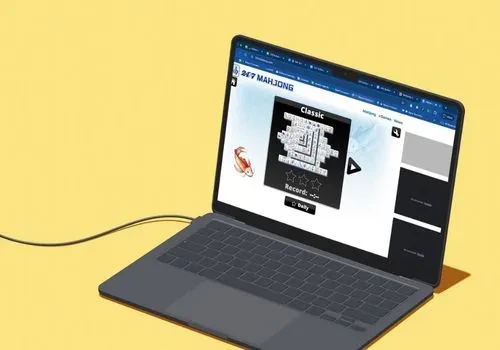
Practice Regularly
Reps build confidence. Whether you're sitting with friends or practicing online, frequent play sharpens tile recognition, speeds up decisions, and helps you memorize common card shapes.
Read Discards and Exposures
Opponents' discards hint at what they don't need; exposures reveal what they're building. Use that information to pivot if your chosen line looks unlikely, avoid feeding a player's exposed suit/number, and hold safer tiles late when someone is close.
Balance Offense and Defense
Push when draws favor your line (especially with Flowers or strong pairs). If the table turns dangerous with multiple exposures, obvious waits, shift to defense. Choose safer discards (duplicates you've already seen), break risky shapes, and watch for Joker swaps that help you without helping them.
Playing American Mahjong Online
Want a no-pressure way to learn the tiles and spot patterns? Try the free Mahjong games on 247Games. Quick rounds help with tile recognition, and built-in stats keep practice fun. Warm up online, then bring your sharper eyes and steadier decisions to your first live American Mah Jongg table. Start playing today.
Solitaire Games
More Solitaire Games
More Games
Solitaire News
Disclaimer
DISCLAIMER: The games on this website are using PLAY (fake) money. No payouts will be awarded, there are no "winnings", as all games represented by 247 Games LLC are free to play. Play strictly for fun.

